Replacing golf cart wheels is a crucial task for ensuring the safety and performance of your golf cart. Whether you’re an experienced mechanic or a novice DIY enthusiast, understanding the proper steps and precautions involved is essential. This guide will provide you with a comprehensive overview of how to replace golf cart wheels, from safety precautions to wheel installation and maintenance.
Before embarking on this task, it’s important to gather the necessary tools and materials, including wrenches, sockets, a jack, replacement wheels and tires, and personal protective equipment. Safety should always be your top priority, so secure the golf cart, engage the parking brake, and wear appropriate PPE.
Safety Precautions
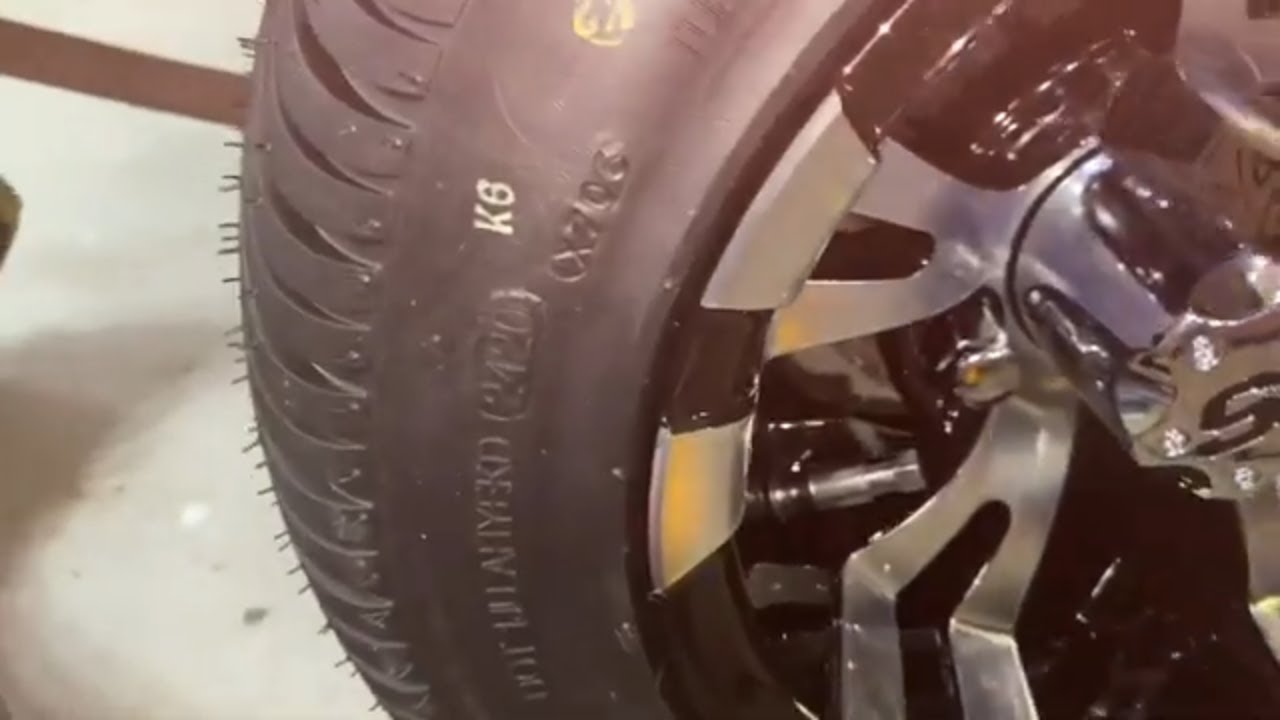
Replacing golf cart wheels may seem like a simple task, but it’s crucial to prioritize safety throughout the process to prevent accidents or injuries. Here are essential safety measures to follow:
Before commencing any work, ensure the golf cart is parked on a level surface, and the parking brake is engaged. This will prevent the cart from rolling while you’re working on it.
Personal Protective Equipment (PPE)
- Wear appropriate personal protective equipment (PPE) to safeguard yourself from potential hazards. This includes:
- Safety glasses to protect your eyes from flying debris or chemicals.
- Gloves to shield your hands from sharp edges or hot components.
- Closed-toe shoes to protect your feet from falling objects or crushing.
Tools and Materials: How To Replace Golf Cart Wheels
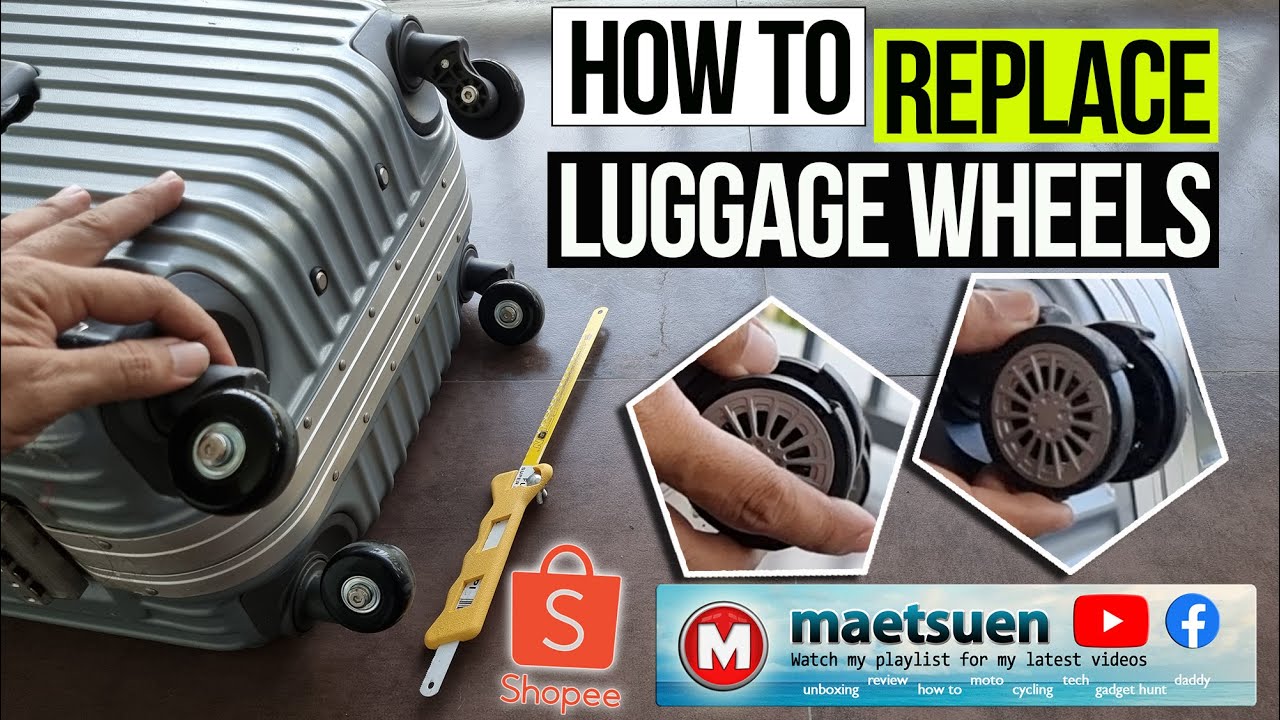
Properly replacing golf cart wheels requires a specific set of tools and materials to ensure the job is done correctly and safely. These essential items include:
Essential Tools
- Wrenches: Open-end or socket wrenches in various sizes are needed to loosen and tighten the lug nuts securing the wheels.
- Sockets: Impact sockets with a drive size compatible with the lug nuts are recommended for added torque.
- Jack: A floor jack or golf cart jack with sufficient lifting capacity is necessary to raise the golf cart and provide access to the wheels.
Replacement Wheels and Tires
Choosing the right replacement wheels and tires is crucial for ensuring proper fitment, performance, and safety.
Wheel Size and Type
Golf cart wheels come in various sizes and types. The correct size will depend on the specific golf cart model. Common wheel sizes range from 8 inches to 12 inches in diameter, with widths varying depending on the tire size.
Tire Size and Type
Golf cart tires are available in different sizes and tread patterns. The tire size should match the wheel size, and the tread pattern should be appropriate for the intended use and terrain.
Step-by-Step Removal Process

To safely remove the old golf cart wheels, follow these steps:
Loosening the Lug Nuts: Before lifting the golf cart, use a lug wrench to loosen the lug nuts on the wheels that need to be replaced. Avoid removing them completely at this stage.
Lifting the Golf Cart, How to replace golf cart wheels
- Position the jack next to the wheel that needs to be removed.
- Slowly pump the jack to lift the golf cart until there is approximately 6 inches of clearance between the ground and the tire.
- Place a jack stand next to the jack for added stability.
Detaching the Old Wheels
With the golf cart securely lifted, use the lug wrench to remove the loosened lug nuts completely.
Gently pull the old wheel straight towards you to detach it from the hub assembly.
Replacing golf cart wheels requires attention to detail and safety precautions. Once the wheels are removed, it’s an ideal time to inspect and replace the golf cart seat if needed. A comfortable golf cart seat enhances the driving experience and provides support during long rounds.
After installing the new seat, it’s crucial to reattach the wheels securely, ensuring proper alignment and torque specifications.
Wheel Installation
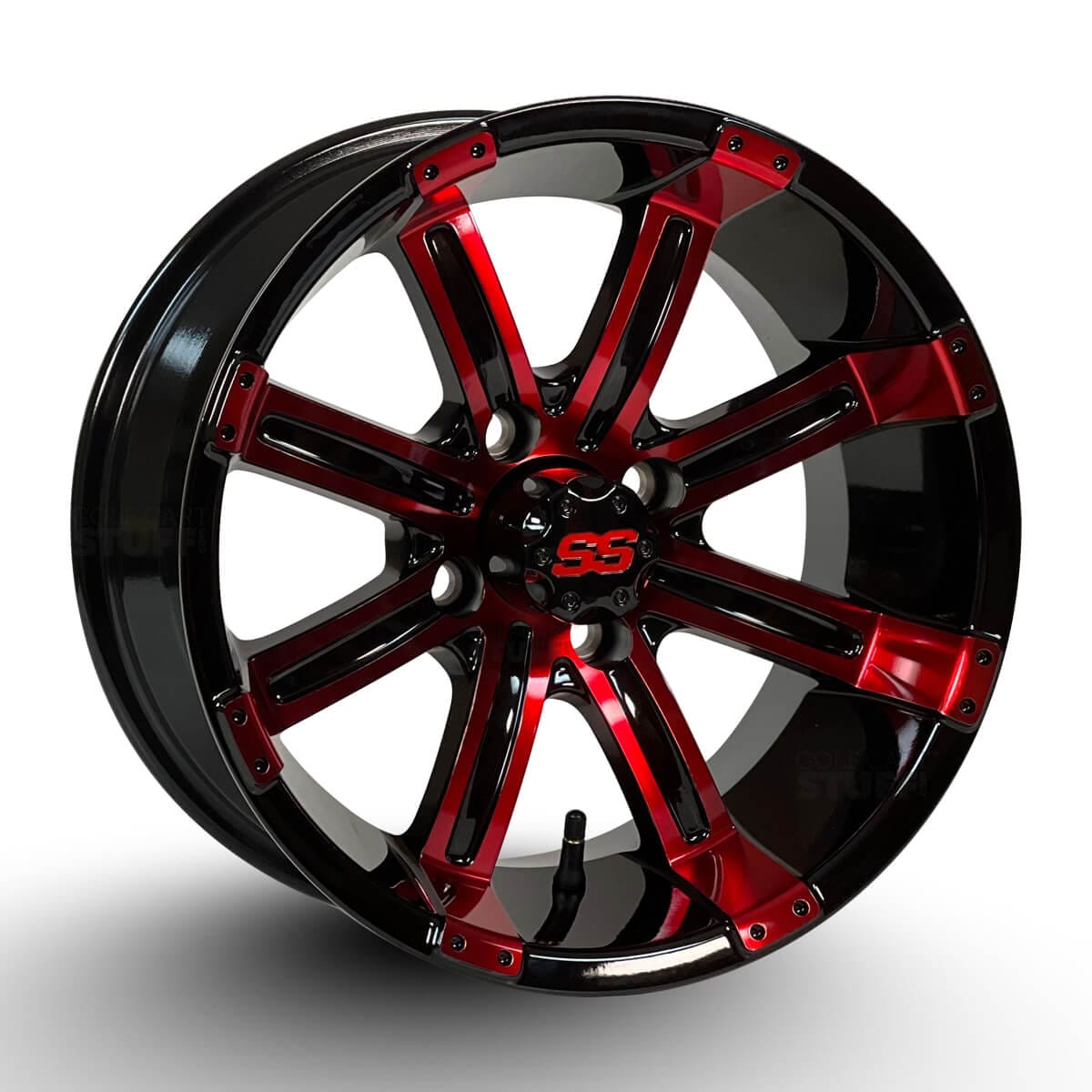
Installing the new wheels is a crucial step that requires precision and care. Begin by aligning the new wheel with the corresponding lug nuts on the hub. Carefully lift the wheel onto the hub, ensuring it fits snugly. Next, hand-tighten the lug nuts onto the hub bolts.
Tightening the Lug Nuts
Properly tightening the lug nuts is essential for the safety and performance of the golf cart. Use a torque wrench to tighten the lug nuts to the manufacturer’s specified torque. Tighten each lug nut evenly and securely, following a star pattern to ensure balanced tension. Avoid overtightening, as this can damage the lug nuts or bolts.
Lowering the Golf Cart
Once the lug nuts are tightened, slowly lower the golf cart by carefully removing the jack. Ensure the golf cart is stable and resting evenly on all four wheels. Double-check the tightness of the lug nuts and retighten if necessary.
Alignment and Balancing
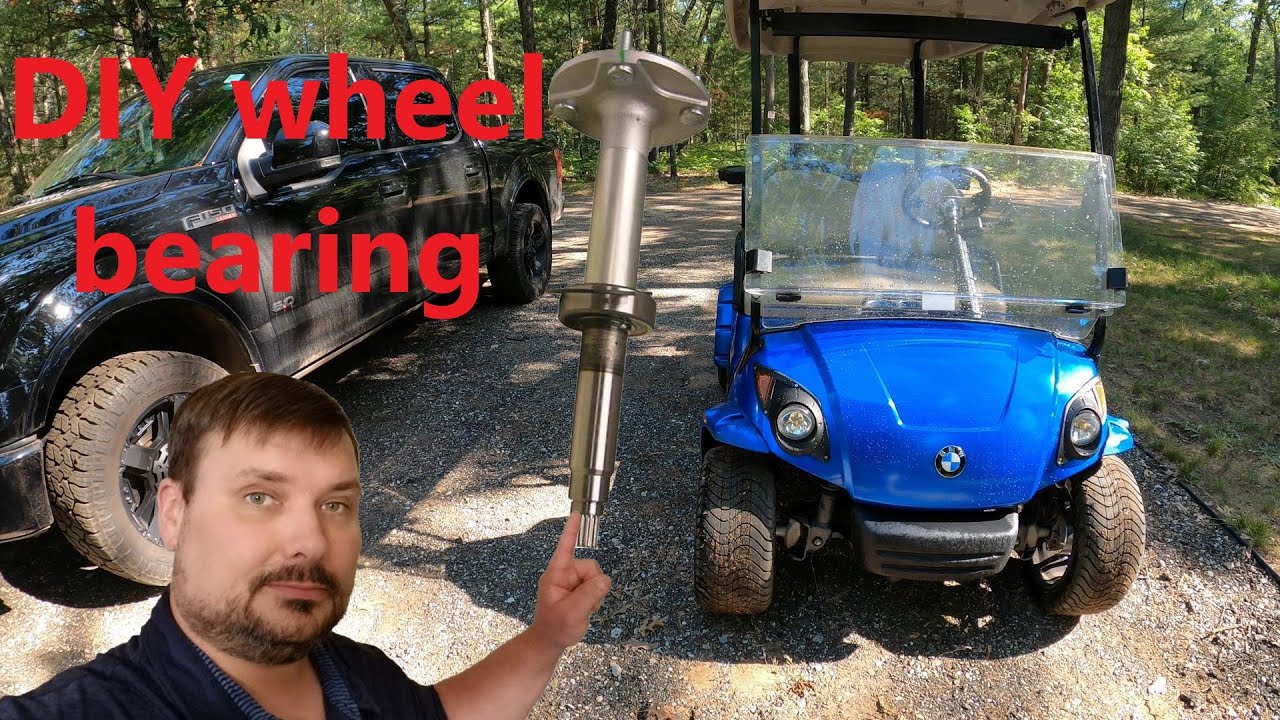
Properly aligned and balanced wheels ensure optimal performance, handling, and longevity of your golf cart. Misalignment or imbalance can lead to uneven tire wear, reduced stability, and decreased battery life.
Identifying Signs of Misalignment or Imbalance
- Uneven tire wear patterns, such as excessive wear on one side of the tread.
- Steering wheel vibrations or pulling to one side while driving.
- Reduced stability, especially when cornering or driving at higher speeds.
Benefits of Alignment and Balancing
- Improved handling and stability, resulting in a more comfortable and controlled ride.
- Extended tire life by reducing uneven wear and premature replacement costs.
- Increased battery life by reducing excessive strain on the drivetrain components.
Finding a Qualified Technician
For precise alignment and balancing, it’s recommended to seek professional assistance from a qualified golf cart technician. Look for technicians who use specialized equipment, such as laser alignment systems and wheel balancers, to ensure accurate adjustments.
Maintenance and Care

Regular maintenance is crucial for extending the life of your new golf cart wheels. By following a few simple steps, you can keep your wheels looking and performing their best for years to come.
First and foremost, it’s important to clean your wheels and tires regularly. This will remove dirt, debris, and other contaminants that can cause damage over time. To clean your wheels, use a mild soap and water solution and a soft brush. Avoid using harsh chemicals or abrasive cleaners, as these can damage the finish of your wheels.
Lubrication
In addition to cleaning, it’s also important to lubricate your wheels and tires regularly. This will help to reduce friction and wear, and it will also help to prevent rust and corrosion. To lubricate your wheels, use a silicone-based spray lubricant. Apply the lubricant to the bearings, axles, and other moving parts of your wheels.
Inspections and Replacements
Finally, it’s important to inspect your wheels and tires regularly for signs of wear or damage. If you notice any cracks, chips, or other damage, it’s important to have your wheels repaired or replaced as soon as possible. By following these simple maintenance tips, you can help to ensure that your new golf cart wheels last for many years to come.
Outcome Summary

By following the steps Artikeld in this guide, you can successfully replace your golf cart wheels and ensure their longevity. Regular maintenance, including cleaning, lubrication, and periodic inspections, will help extend the lifespan of your new wheels and tires. Remember to consult a qualified technician if you encounter any difficulties or require professional alignment and balancing services.
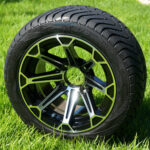






1 thought on “How to Replace Golf Cart Wheels: A Comprehensive Guide”